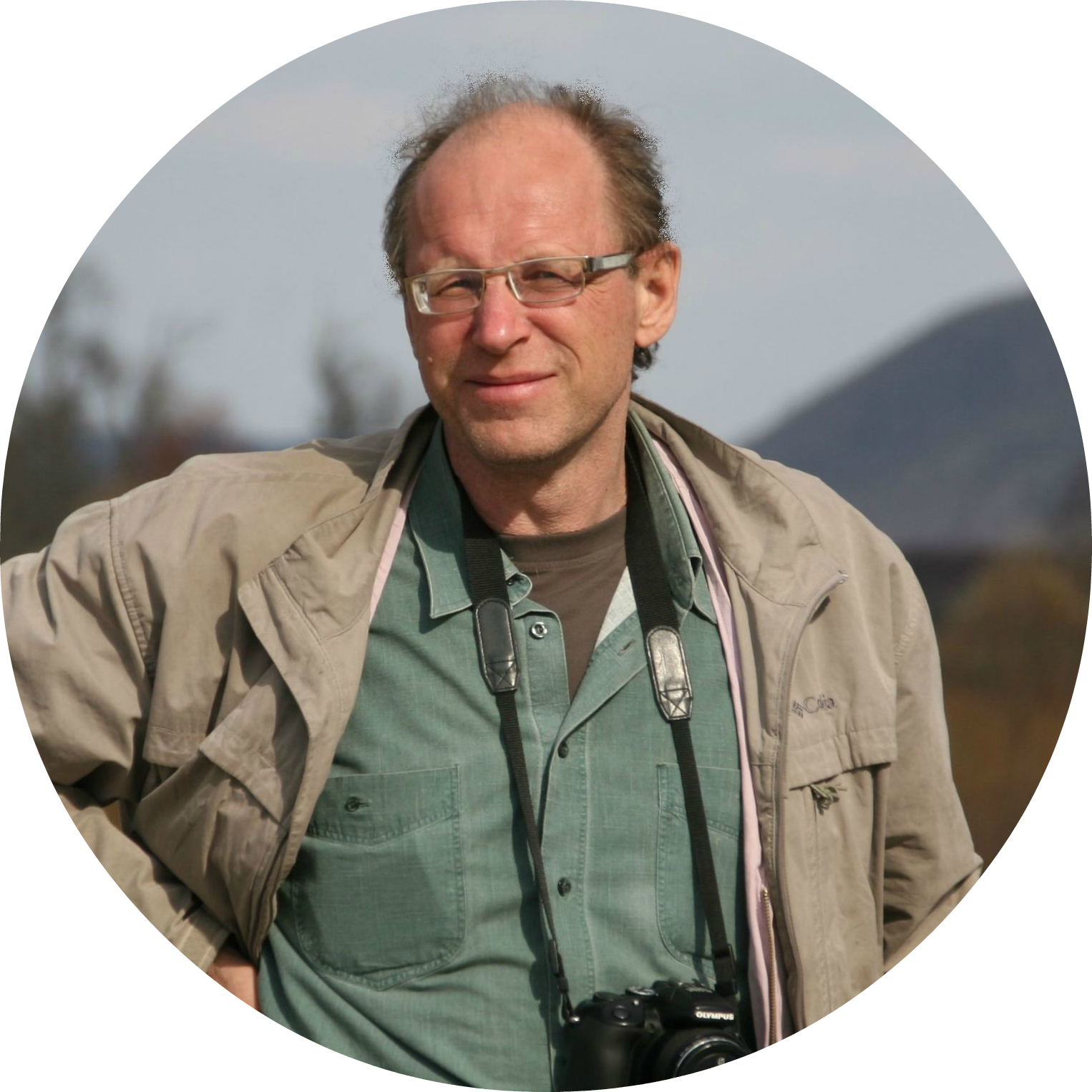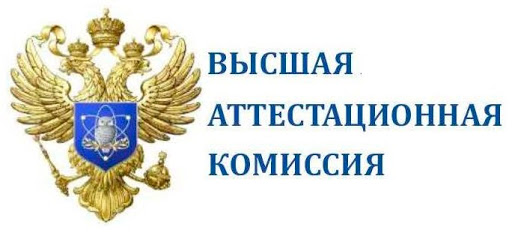The article deals with the results of the investigations of the Kalinovka archaeological site. The paper sheds light on the typological characteristics and features of the stratigraphic layers of the archaeological site, provides the analysis of the stone industries, defines their chronological framework and offers theoretical interpretation of the artifacts. The Kalinovka represents the cult complex (sanctuary) including rock paintings, a ritual platform, and an altar. The main cultural layer of the site belongs to the Early Neolithic Gromatukha culture. The uniqueness of this site of the Gromatukha culture is that it relates to non-utilitarian practices of the ancient inhabitants of the Upper and Central Amur. The objects of non-utilitarian character found during the excavation with high degree of probability allow to assume existence of beliefs and practices directed to worshipping life, the birth and revival. Such beliefs and practices of reproductive magic occurred in a form of male and female cults which were expressed in the images of phallus and “Venus”. There are material evidences allowing existence of the bear cult in religious life of the Neolithic taiga hunters. Obviously, these beliefs and cults were complemented with the rituals of initiations and other practices with tattooing as an integral part of them. The empirical data received in the course of the archaeological discovery of the Kalinovka and its theoretical interpretation indicate the high level of development of the Early Neolithic cultures of the Upper and Central Amur.
Keywords: Upper Amur, cult complex, petroglyphs, altar, stratigraphy, tool set, Paleometal era, Neolithic, Gromatukha archaeological culture, phallic cult, bear cult.
DOI: 10.22250/2072-8662.2017.4.5-20
About the author
 |
Andrey P. Zabiyako – Dr. Sci. (Philosophy), Full Professor, Head of the Department of Religious Studies, Head of Archaeological research laboratory, Amur State University, of. 107, build 7, 21 Ignatievskoe shosse, Blagoveschensk, Amur region, Russia; This email address is being protected from spambots. You need JavaScript enabled to view it. |
 |
Maksim M. Mironov – Research fellow at the Laboratory of Archeology and Anthropology of the Amur State University, archeologist at the Center for Preservation of Historical and Cultural Heritage of Amur Oblast, post-graduate student at the Institute of Archeology and Ethnography SB RAS; of. 202, build 7, 21 Ignatievskoe shosse, Blagoveschensk, Amur region, Russia This email address is being protected from spambots. You need JavaScript enabled to view it.. |






